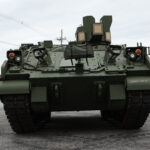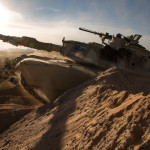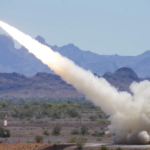
The Army has awarded Bombardier Defense a contract to provide a Global 6500 aircraft to support prototyping efforts for the service’s next-generation aerial intelligence, surveillance and reconnaissance (ISR) program. The deal with Bombardier covers procurement of one Global 6500 business jet for the High Accuracy Detection and Exploitation System, or HADES, program with options to purchase two more aircraft over a three-period, the Army announced on Wednesday. “HADES will bring the Army increased range, speed, endurance and aerial ISR depth,”…

 By
By 











